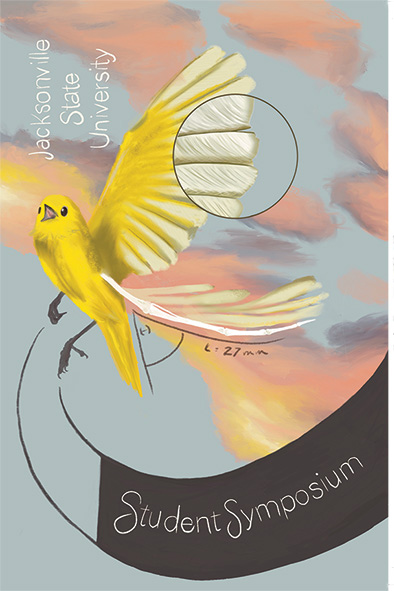
An Evolutionary Comparative Study of Congenital Stationary Night Blindness Associated TRPM1 Genetic Variants of Uncertain Significance in Humans and Horses Utilizing Caenorhabditis elegans
Date
2-13-2023
Faculty Mentor
Ashley Turner, Biology
Loading...
Files
Submission Type
Paper
Location
8:45-8:55am | Houston Cole Library, 11th Floor
Description
Congenital stationary night blindness (CSNB) is a heterogeneous collection of genetic diseases affecting the eyes and vision in humans and horses. Current research has implicated several genetic mutations impacting different genes involved in phototransduction and signal transmission. This includes autosomal recessive mutations in the TRPM1 gene, which encodes for an ion channel expressed on the dendrites of bipolar cells involved in signal transmission from rods. In horses, genetic mutations in TRPM1 also result in a leopard-spotted coat pattern. Studies of Caenorhabditis elegans have revealed an orthologous TRPM1 gene known as gon-2 that regulates a transient receptor potential channel required for the initiation and continuation of postembryonic cell divisions of gonad cells. If a TRPM1 missense variant has been associated with CSNB in humans and horses and/or spotted coat patterns in horses, then the genetic variant could result in gon-2 dysfunction and a phenotype in the mutant nematode. Identification of conserved variants of uncertain significance (VUS) within the TRPM1 were identified in both humans and horses. The human and horse TRPM1 genes, along with the nematode gon-2 gene were utilized to examine conservation of 31 missense VUS through multiple sequence alignments and 3 were identified to be conserved across all 3 species. These conserved VUS were at the following human TRPM1 locations: E1324K, H1195R, and I875V. Conducting a gene mutational analysis revealed the VUS at H1195R and I875V were most likely to be pathogenic due to their positioning next to pathogenic or likely pathogenic variants reported through ClinVar. Through Poly-Phen 2 analysis, I875V was predicted to be likely pathogenic (HumDiv score 0.775). Protein models were generated and analyzed, and it was observed that I875V impacts the mutant protein structure compared to wildtype protein. Therefore, the VUS I875V was selected for further investigation. Future experiments include generating a CRISPR-Cas9-engineered C. elegans model containing the TRPM1 missense VUS in the nematode loci of gon-2 for in vivo assessment. Primers were designed and optimized to amplify the I875V VUS region in C. elegans using polymerase chain reaction (PCR), gradient PCR, and gel electrophoresis. CRISPR RNA guides and a DNA repair template have been designed and will be used for microinjection of nematodes along with Cas9 protein to generate the potential mutant strain. The optimized PCR-based assay will be used for mutant nematode screening. Ultimately, we plan to analyze phenotypic differences present in the mutant nematode strain when the gon-2 gene is edited with the TRPM1 VUS. If the VUS does impact function of gon-2, then it is expected to impact gonadal and vulva development. This study will provide in vivo assessment of this CSNB-associated VUS shedding light on its clinical significance for humans and horses.
Keywords
student research, biology
Rights
This content is the property of Jacksonville State University and is intended for non-commercial use. Video and images may be copied for personal use, research, teaching or any "fair use" as defined by copyright law. Users are asked to acknowledge Jacksonville State University. For more information, please contact digitalcommons@jsu.edu.
Disciplines
Biology
Recommended Citation
Davis, Gabrielle and Morris, Sara, "An Evolutionary Comparative Study of Congenital Stationary Night Blindness Associated TRPM1 Genetic Variants of Uncertain Significance in Humans and Horses Utilizing Caenorhabditis elegans" (2023). JSU Student Symposium 2023. 41.
https://digitalcommons.jsu.edu/ce_jsustudentsymp_2023/41



